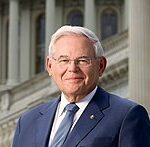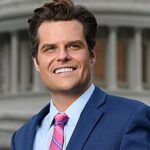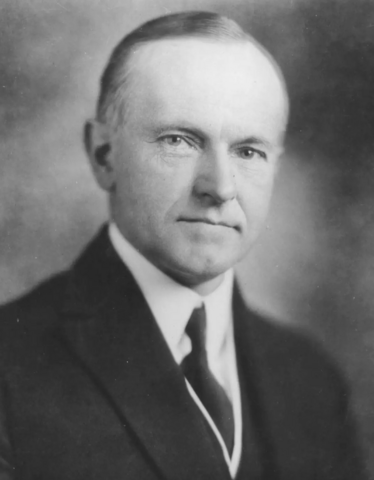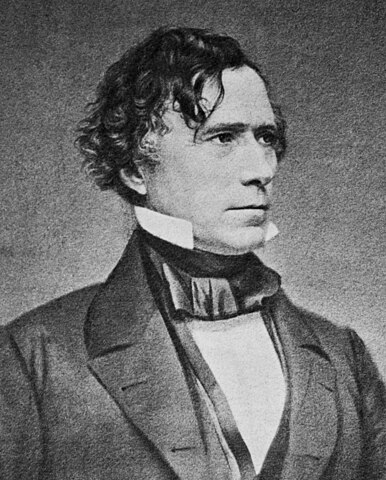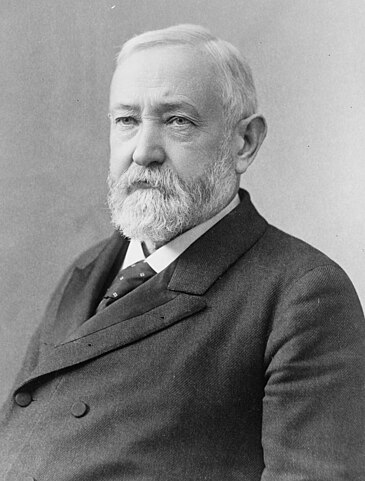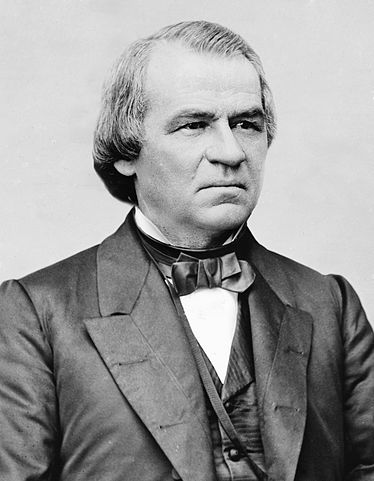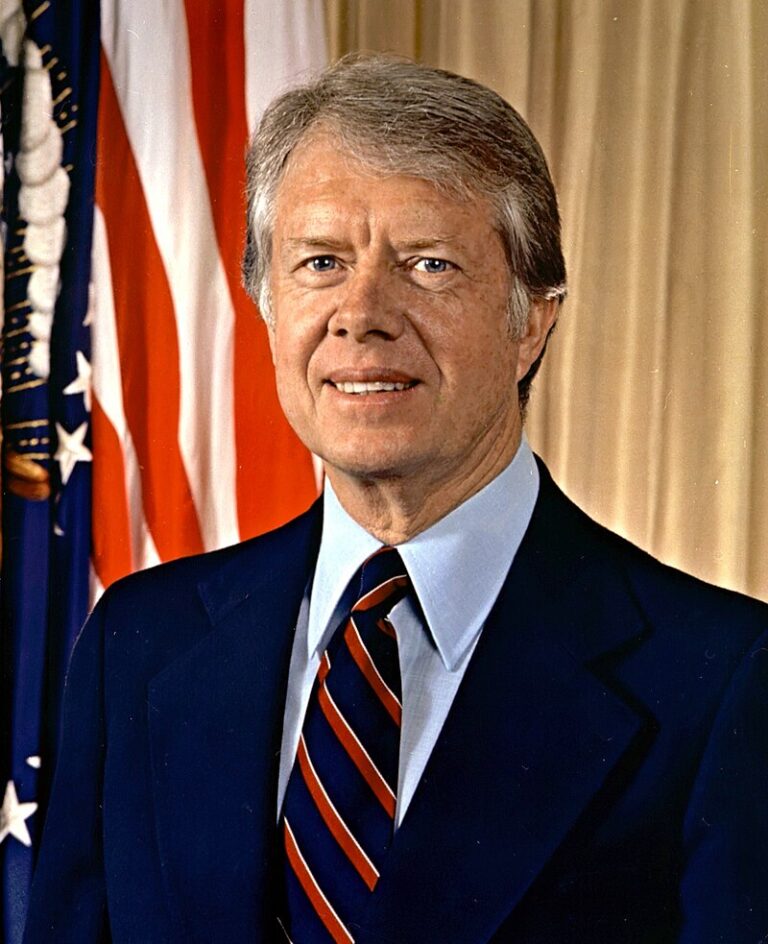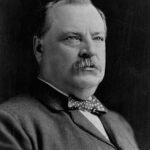
Grover Cleveland served as the 22nd and 24th President of the United States, making him the only president to serve two non-consecutive terms, from 1885 to 1889 and from 1893 to 1897. His presidency is noted for its commitment to fiscal conservatism, civil service reform, and a firm stance against government intervention in the economy. Here’s an in-depth look at his tenure:
Early Life and Political Career:
- Born in Caldwell, New Jersey, in 1837, Cleveland worked his way up from modest beginnings, eventually becoming a lawyer in Buffalo, New York.
- He entered politics as the Sheriff of Erie County, then moved to Mayor of Buffalo and Governor of New York, where his reputation for fighting corruption and his reformist approach gained national attention, leading to his presidential nomination in 1884.
First Term (1885-1889):
- Civil Service Reform: Cleveland was a proponent of civil service reform:
- He significantly expanded the merit-based civil service system by supporting the Pendleton Civil Service Reform Act, which had been initiated under his predecessor, Chester A. Arthur.
- Veto Power: Cleveland used his veto power more than any president up to that time, particularly against private pension bills for Civil War veterans and local improvement projects, reflecting his commitment to reducing government expenditure.
- Tariff Policy: He opposed high tariffs, arguing they favored special interests at the expense of consumers. His attempts at tariff reform were not successful during this term, but it set the stage for later debates.
- Foreign Policy: His foreign policy was largely one of non-intervention, though he did dispatch troops to Samoa to protect American interests.
Interim Period:
- After losing the 1888 election to Benjamin Harrison despite winning the popular vote, Cleveland returned to private life but remained active in Democratic politics, advocating for tariff reform.
Second Term (1893-1897):
- Economic Crisis – Panic of 1893: Cleveland’s second term began amidst one of the worst economic depressions in U.S. history:
- He responded with a conservative approach, maintaining the gold standard and advocating for a return to sound money policies, which included the repeal of the Sherman Silver Purchase Act to halt the drain on gold reserves.
- Labor Unrest: The economic depression led to labor unrest, most notably the Pullman Strike of 1894:
- Cleveland used federal troops to end the strike, which was seen as a blow to labor rights but also highlighted his commitment to law and order.
- Hawaii and Foreign Affairs:
- Cleveland was against the annexation of Hawaii, believing the overthrow of the Hawaiian monarchy was unlawful. He withdrew the annexation treaty from the Senate, awaiting a public referendum in Hawaii, which never occurred under his term.
- Venezuela Boundary Dispute: Cleveland asserted the Monroe Doctrine strongly in the Venezuela-Great Britain border dispute, forcing a diplomatic resolution.
Legacy:
- Fiscal Conservatism: Cleveland’s commitment to reducing government expenditure and his use of the veto power left a legacy of fiscal responsibility.
- Tariff and Money Reform: His advocacy for lower tariffs and sound money policies influenced subsequent political discussions, leading to significant legislation under later administrations.
- Civil Service: His support for civil service reform helped institutionalize merit-based government employment.
- Political Integrity: Despite personal and political scandals (like the paternity scandal during his first campaign), Cleveland was known for his integrity and directness, earning him both respect and criticism.
- Post-Presidency: After leaving office, Cleveland practiced law and served as a trustee of Princeton University. He died in 1908, remembered as a president who stood firmly on his principles, even when politically costly.
Cleveland’s presidency exemplifies the challenges of leadership during economic downturns and the complexities of maintaining political integrity amidst public and economic crises. His terms are often studied for their adherence to conservative economic policies amidst progressive pressures.




